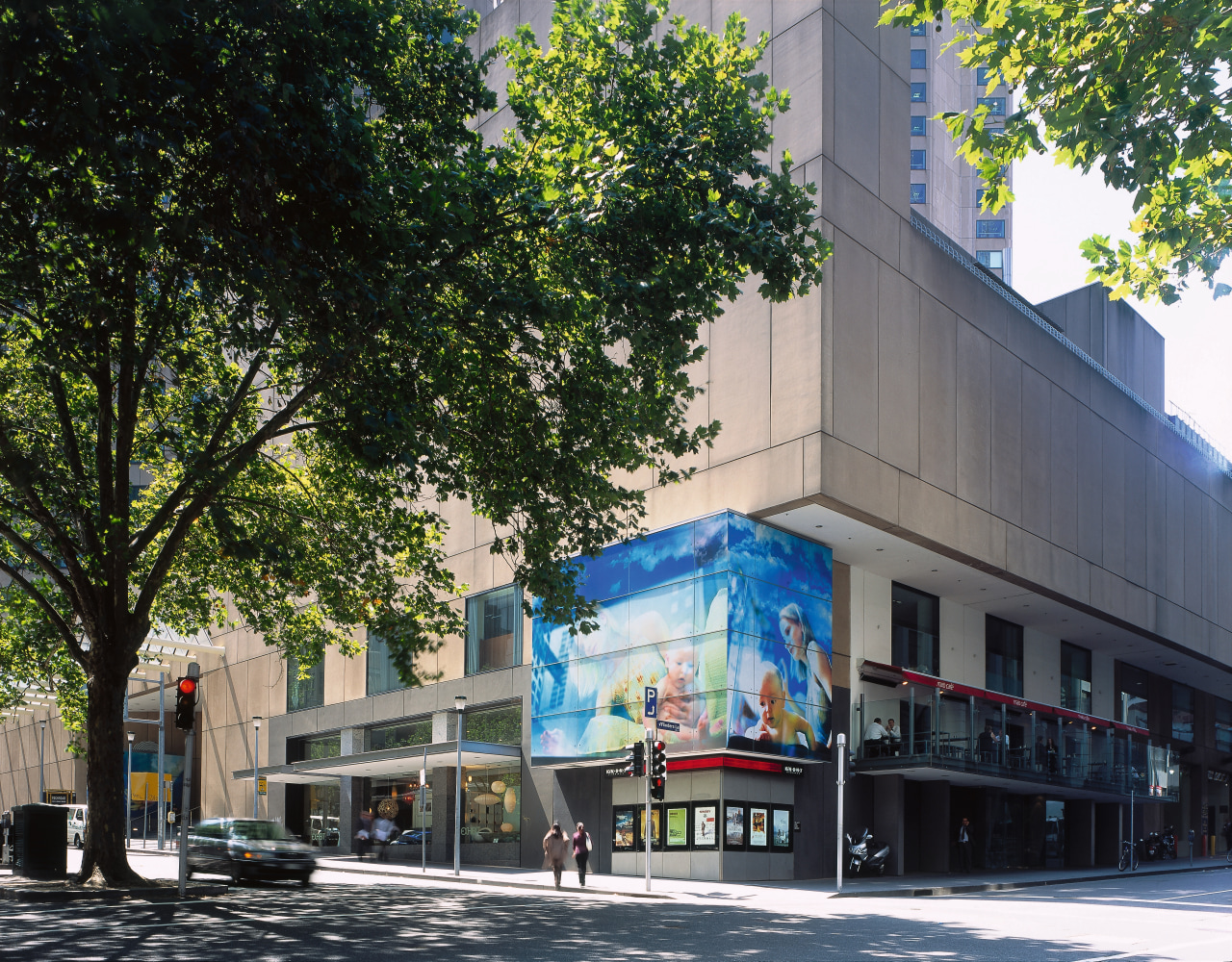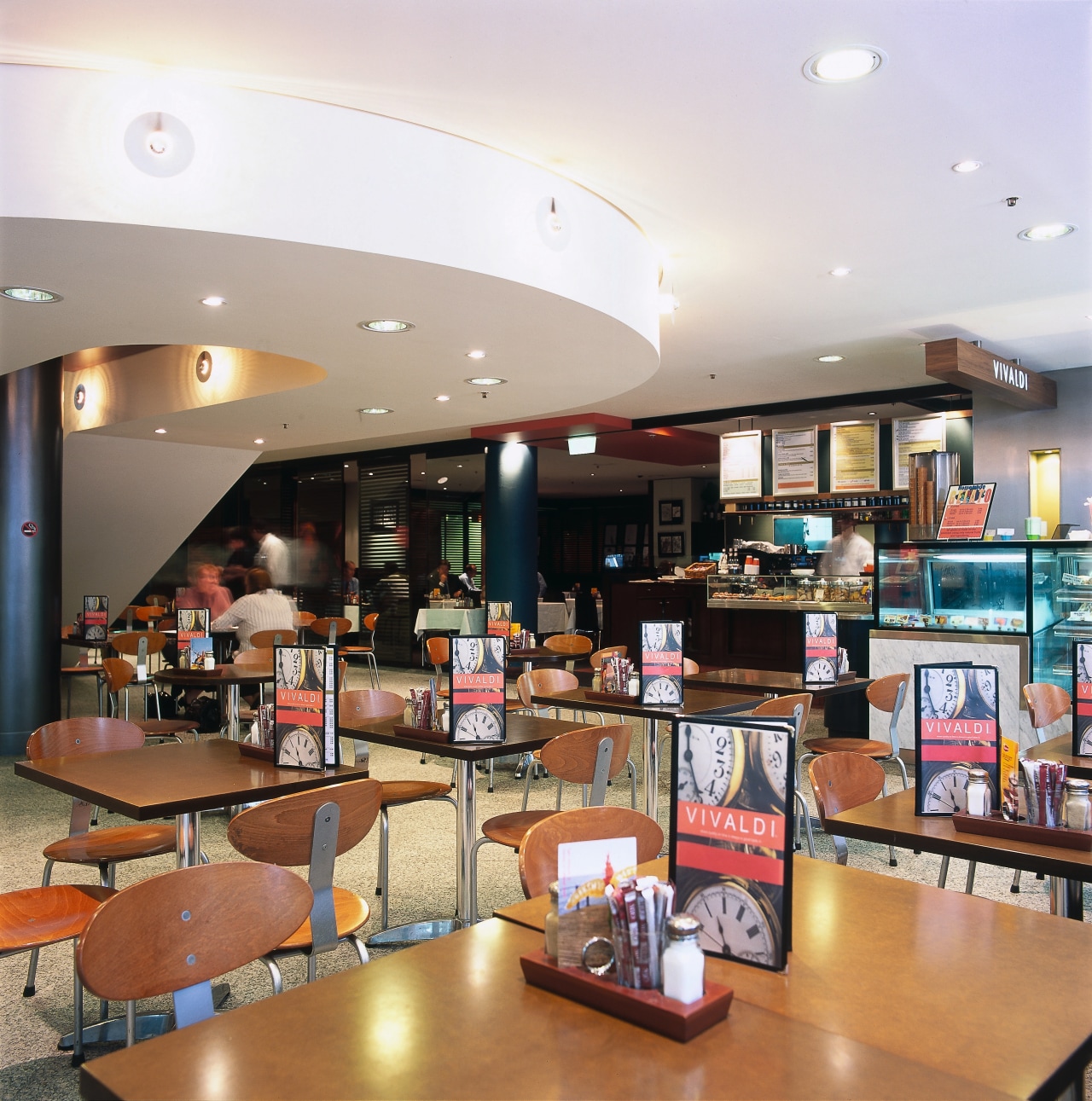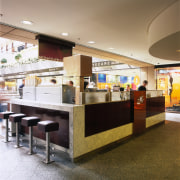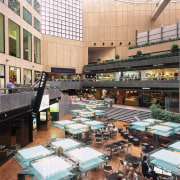Fresh-faced
With distinctive new signage, an up-market focus by retailers, and cafes spilling out into laneways, this inner-city mall has been given a new lease on life

When updating a downtown mall environment it makes sense to build on the strengths of what is already in place. If the original architecture is well designed then addressing the look and feel of the space can be as effective as building or knocking down walls.
For the Collins Place Mall, built in the late seventies, DesignInc and Mills Gorman Architects were asked to create a bold, new ambience, one catering to a smart, inner-city demographic, says DesignInc's director Hans Varney.
"To this end, three central aspects were addressed. Firstly, we raised the bar in terms of the requirements made of the mall's tenants," says Varney. "Secondly, we created a uniform signature for the shop owners in terms of signage, frontages and upgrading tired surfaces. Lastly, we encouraged the mall's new-found energy to spill out into the surrounding streets and laneways."
Many tenancies were up for renewal at the time of the refurbishment and at DesignInc's and the mall owner's request, shop owners had to agree to a substantial upgrade of their own turf, to keep pace with the mall's public spaces. The appropriateness of retailers was also looked at, to meet the perceived needs of the bustling CBD crowd. Contemporary trends in fashion, food and specialty shops were brought to the fore. A mix of contemporary eateries, for example, had to offer fresh produce displays, healthy cook-to-order options, and also fast food. Despite the mall's up-market ambience, value for money was still part of the overall agenda.

"With the new or renewed tenants taking care of their own internal fitouts and upgrades, DesignInc created a uniform face for the retailers," says Varney. "Two signage strips run round the upper and lower shop level. Bronzed and backlit, the signage unifies the tenants and, positioned well above the doorways, gives the shops a look of extra height."
Shop fronts were also given the same suite of finishes from door handles to glazing tracts, to granite thresholds. This unified, semi-corporate look combines the original business focus of the greater environment with the atrium's strong, contemporary retail flavour.
As well as creating a modern retail environment, another aspect of the job was letting the mall's presence be felt beyond its concrete walls.
To achieve this, the architects created new openings in the building along adjacent service lanes.

"We heightened the sense of cafe and bar society within the mall, letting this spill out onto adjacent streets and previously under-utilised laneways," says Varney. "Laneways or serviceways had once fulfilled their function, and no more. Today, inner-city laneways are becoming the new urban life-blood, with cafes, bars and boutique shops taking them over."
As well as outward-looking bars and cafes, the mall's exterior signage was given more prominence, too.
"A large, blurred action photo on one of the mall's corners intimates the hive of activity within," says Varney. "The images portrayed are youthful and energetic."
Credit list
Retail design consultant
Construction company
Service engineer
Building surveyor
Graphic designer
Lighting
Architect
Project manager
Small shop architect
Quantity Surveyor
Lighting design
Story by: Trendsideas
Home kitchen bathroom commercial design
Diving into nature
Classic looks, contemporary efficiency
Personality plus










